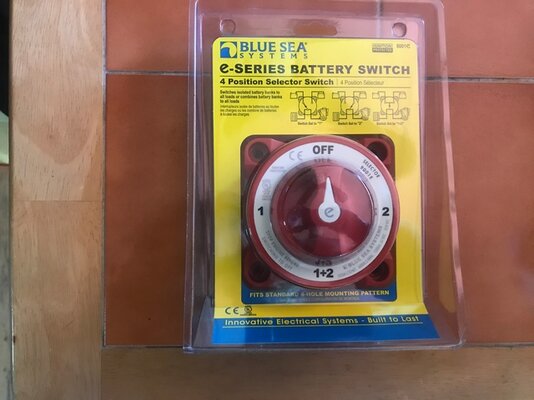AStravelers
Well-known member
The REASON for disconnecting the negative cable first is so that when you are using the wrench and it accidently touches part of the frame or ground it is not a problem.
Accidently shorting the wrench to the frame when removing the positive cable first, not only can cause sparks, but can weld the tool to the frame so you can't get it loose. It can also quickly heat up the tool so if you grab it to pull it loose you can get a nasty burn. Also continuously shorting the battery to ground can possibly cause the battery to rupture or maybe explode.
About the disconnect on the positive or negative, I don't know for sure. I guess I could argue for both sides.
Accidently shorting the wrench to the frame when removing the positive cable first, not only can cause sparks, but can weld the tool to the frame so you can't get it loose. It can also quickly heat up the tool so if you grab it to pull it loose you can get a nasty burn. Also continuously shorting the battery to ground can possibly cause the battery to rupture or maybe explode.
About the disconnect on the positive or negative, I don't know for sure. I guess I could argue for both sides.

